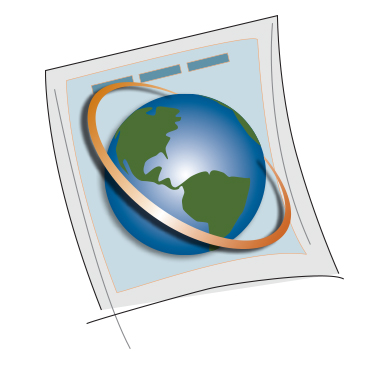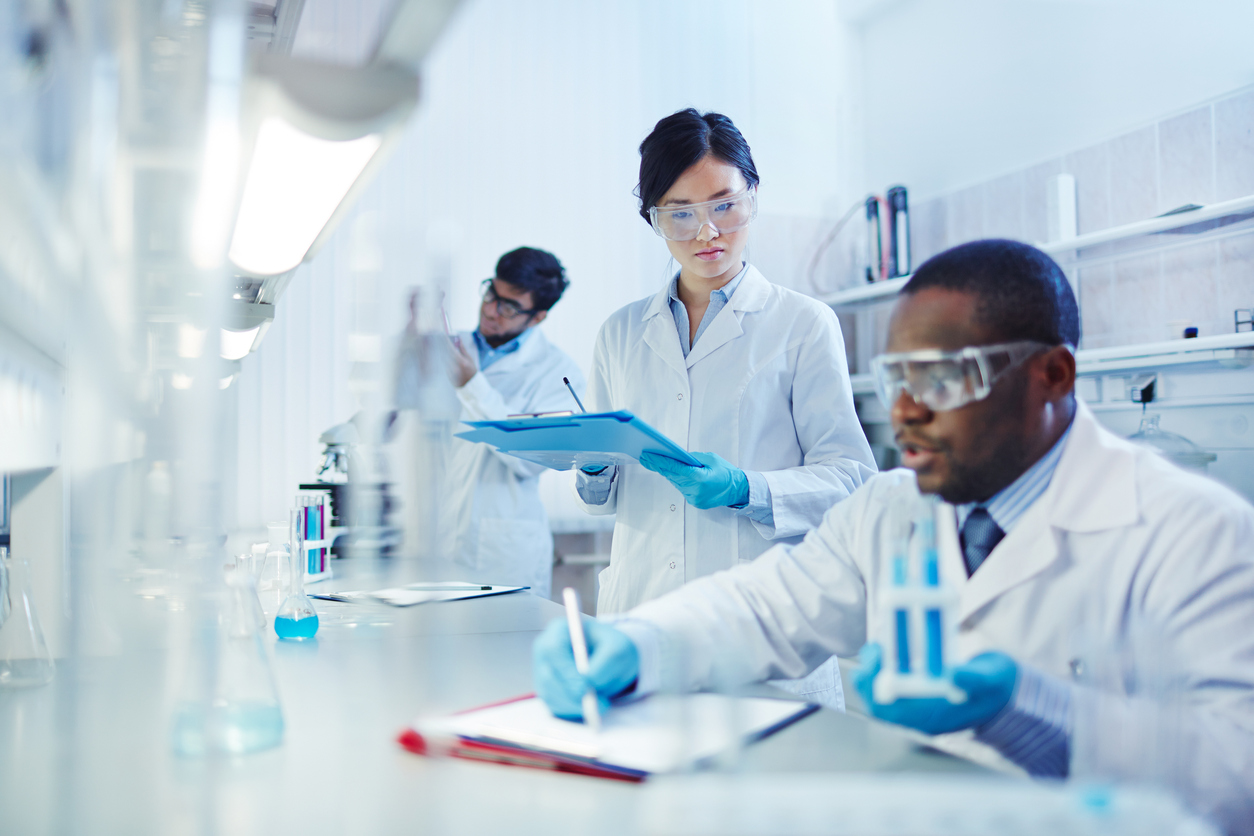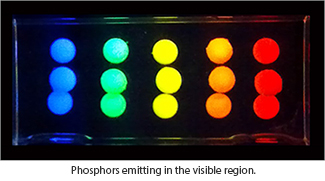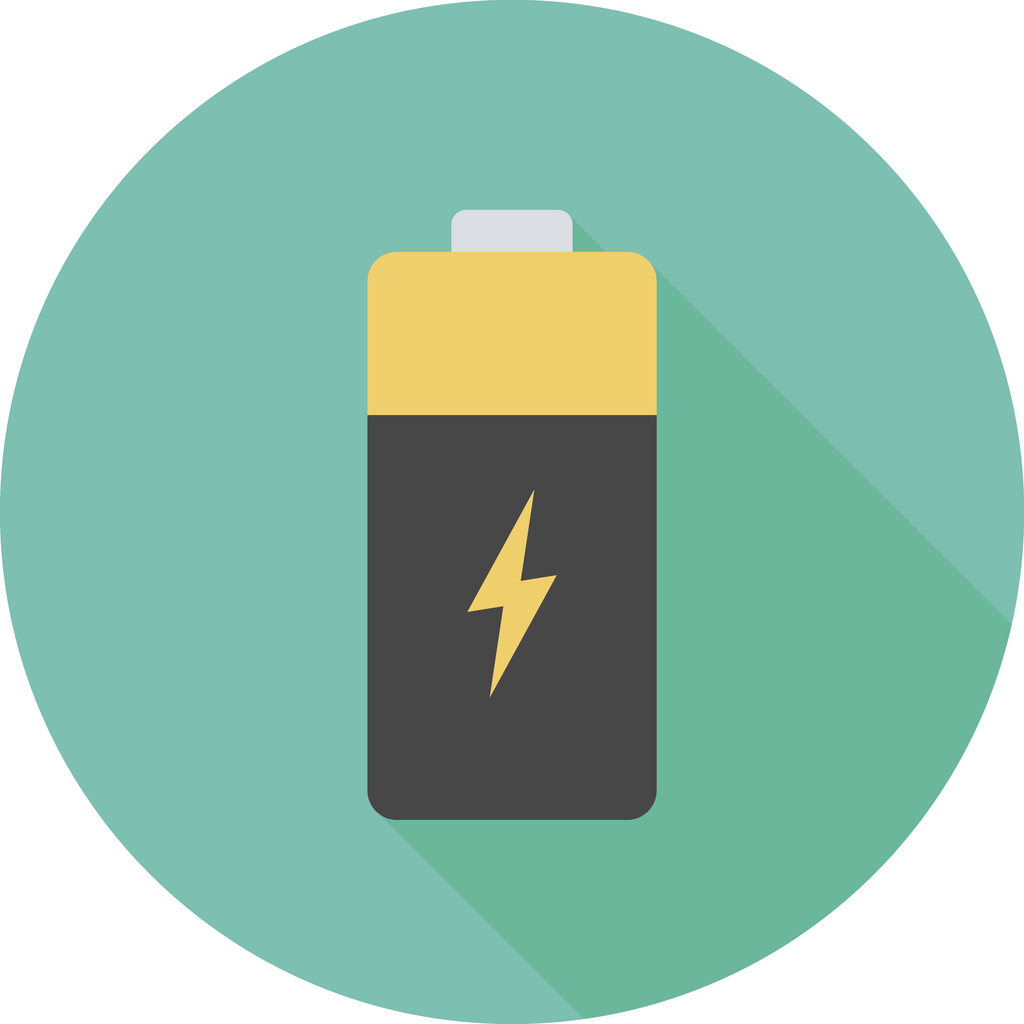Exploring the possibilities of Gallium Oxide
![]() Semiconductor materials make possible many of today’s technological advances, from handheld electronics to solar cells and even electric vehicles. Specifically, wide bandgap semiconductors have opened new opportunities in ultra-high power electronics applications for utility grid management, military radar systems, and smart grid technologies. In order for these emerging technologies to be successful, researchers are looking to develop materials that are stronger, faster, and more efficient than ever before.
Semiconductor materials make possible many of today’s technological advances, from handheld electronics to solar cells and even electric vehicles. Specifically, wide bandgap semiconductors have opened new opportunities in ultra-high power electronics applications for utility grid management, military radar systems, and smart grid technologies. In order for these emerging technologies to be successful, researchers are looking to develop materials that are stronger, faster, and more efficient than ever before.
“New materials are the cornerstone of innovation in technology since they allow improved performance and lead to new applications and markets,” says Stephen Pearton, ECS fellow and professor at the University of Florida. “The semiconductor industry has a long history of such innovation and Gallium Oxide (Ga2O3) is a promising new material to continue this trend.”
Pearton recently co-authored an open access Perspective article published in the ECS Journal of Solid State Science and Technology, “Opportunities and Future Directions for Ga2O3,” discussing the potential for Gallium Oxide to surpass conventional semiconductor materials, emphasizing its capability to handle extremely high power applications. ECS’s Perspective articles provide a platform for author’s to offer insight into emerging or established fields.


 Wolfram|Alpha
Wolfram|Alpha No matter the field, if a researcher is collecting data of any kind, at some point he is going to have to analyze it. And odds are he’ll turn to statistics to figure out what the data can tell him.
No matter the field, if a researcher is collecting data of any kind, at some point he is going to have to analyze it. And odds are he’ll turn to statistics to figure out what the data can tell him.  Lithium-ion batteries power a vast majority of the world’s portable electronics, but the magnification of recent safety incidents have some looking for new ways to keep battery-related hazards at bay. The U.S. Navy is one of those groups, with chemists in the U.S. Naval Research Laboratory (NRL) unveiling a new battery, which they say is both safe and rechargeable for applications such as electric vehicles and ships.
Lithium-ion batteries power a vast majority of the world’s portable electronics, but the magnification of recent safety incidents have some looking for new ways to keep battery-related hazards at bay. The U.S. Navy is one of those groups, with chemists in the U.S. Naval Research Laboratory (NRL) unveiling a new battery, which they say is both safe and rechargeable for applications such as electric vehicles and ships. Submit your manuscripts for the ECS Journal of Solid State Science and Technology (JSS) Focus Issue on
Submit your manuscripts for the ECS Journal of Solid State Science and Technology (JSS) Focus Issue on  Like all things, batteries have a finite lifespan. As batteries get older and efficiency decreases, they enter what researchers call “capacity fade,” which occurs when the amount of charge your battery could once hold begins to decrease with repeated use.
Like all things, batteries have a finite lifespan. As batteries get older and efficiency decreases, they enter what researchers call “capacity fade,” which occurs when the amount of charge your battery could once hold begins to decrease with repeated use. After an unusually intense heat wave, downpour, or drought, Noah Diffenbaugh and his research group inevitably get phone calls and emails asking whether human-caused climate change played a role.
After an unusually intense heat wave, downpour, or drought, Noah Diffenbaugh and his research group inevitably get phone calls and emails asking whether human-caused climate change played a role. Researchers from Columbia University School of Engineering and Applied Science recently developed a method that could result in safer, longer-lasting, bendable lithium-ion batteries. To do this, the team applied ice-templating to control the structure of the solid electrolyte for lithium-ion batteries.
Researchers from Columbia University School of Engineering and Applied Science recently developed a method that could result in safer, longer-lasting, bendable lithium-ion batteries. To do this, the team applied ice-templating to control the structure of the solid electrolyte for lithium-ion batteries. ECS hosts
ECS hosts  When people hear about prospecting, they might imagine old forty-niners (miners) with pickaxes hunting for gold, or maybe an agent for the San Francisco 49ers (football team) scouting for new talent. In my lab we do another version, called bio-prospecting – searching for useful substances from natural sources. Bio-prospecting has produced many valuable products, including
When people hear about prospecting, they might imagine old forty-niners (miners) with pickaxes hunting for gold, or maybe an agent for the San Francisco 49ers (football team) scouting for new talent. In my lab we do another version, called bio-prospecting – searching for useful substances from natural sources. Bio-prospecting has produced many valuable products, including